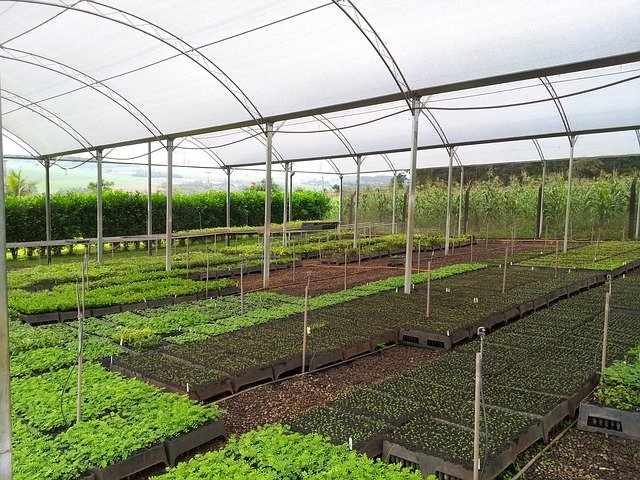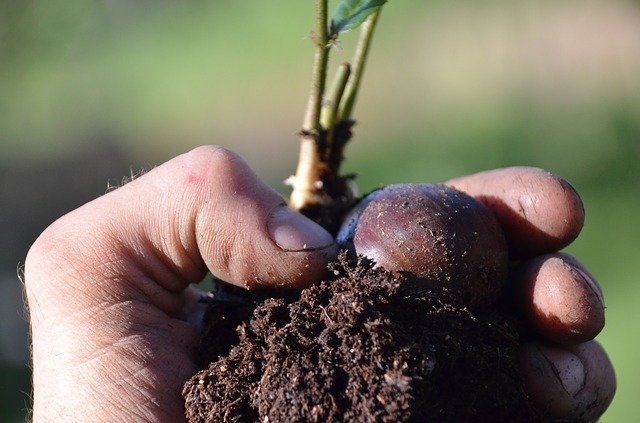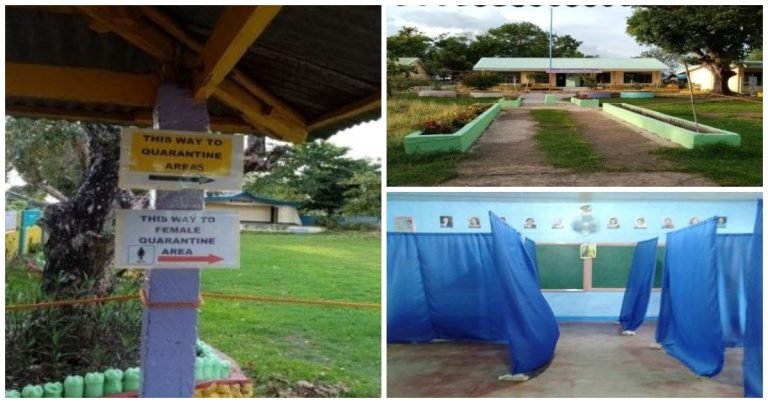Climate change and deforestation doomed Mother Earth, but two Filipino lawmakers want to make a change to save the world by requiring all students in the country to plant at least 10 trees, if they want to graduate!
Principally authored by MAGDALO Party-list Rep. Gary Alejano and Cavite 2nd District Representative Strike Revilla, House Bill 8728 or the “Graduation Legacy for the Environment Act” aims to bring back greens into the Earth by requiring students to do the planting as requirement for graduation.

“With over 12 million students graduating from elementary and nearly five million students graduating from high school and almost 500,000 graduating from college each year, this initiative, if properly implemented, will ensure that at least 175 million new trees would be planted each year,” the bill’s explanatory note explained.
“In the course of one generation, no less than 525 billion can be planted under this initiative.”
Considering that there are a lot of factors to be considered in terms of what species and kinds of trees will be planted, where they will be placed, and how they will be procured and later cared for, the bill puts these responsibilities under several government agencies.
Aside from the Department of Education (DepEd) and the Commission on Higher Education (CHEd) assigned as implementing bodies, the Department of Environmental and Natural Resources (DENR), Department of Agriculture (DA), Department of Agrarian Reform (DAR), and the National Commission on Indigenous Peoples (NCIP), and other government agencies will also have their own responsibilities once the proposed bill becomes law.

To ensure that the project will sustainable, these government agencies will be in charge of “nursery establishment, seedling production and site preparation, monitoring and evaluation, and technical support and extension services.”
Since the students will most likely not be planting in the school yard or at home, these government agencies must also “provide security, transportation, fire protection amenities, and medical support”.
The bill further added that preference will be given to indigenous tree species, with planted trees chosen according to the location, climate and topography of the area.

“The trees will be planted in forest lands, mangrove and protected areas, ancestral domains, civil and military reservations, urban areas under the greening plan of the local government units, inactive and abandoned mine sites, and other suitable lands,” the bill listed.
If done right, the Philippines could regain a lot of its lost forest cover.
“Even with a survival rate of only 10 percent, this would mean an additional 525 million trees would be available for the youth to enjoy, when they assume the mantle of leadership in the future,” the bill further explained.



